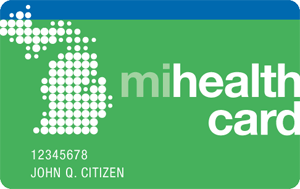February 23, 2016: US Senate Committee on Armed Services
On Tuesday, February 23rd, Dr. A. Mark Fendrick, V-BID Center Director, testified before the United States Senate Committee on Armed Services Subcommittee on Personnel. Dr. Fendrick discussed how the principles of value-based insurance design (V-BID) and clinical nuance can contribute positively to defense health care reform.https://youtu.be/zprEwpVgXCo Additional testimony materials available below:










